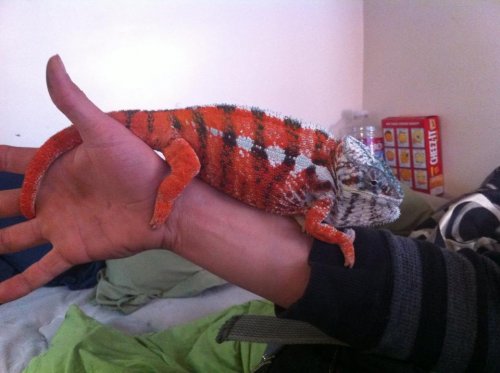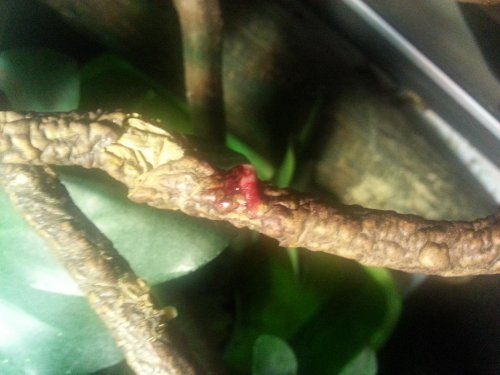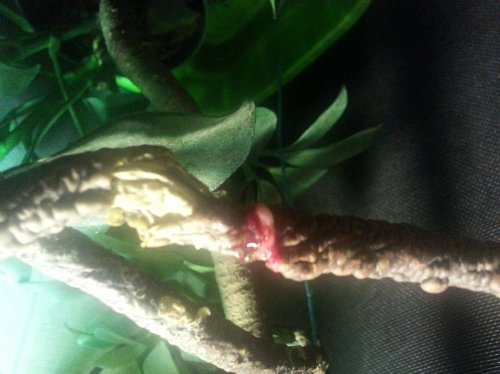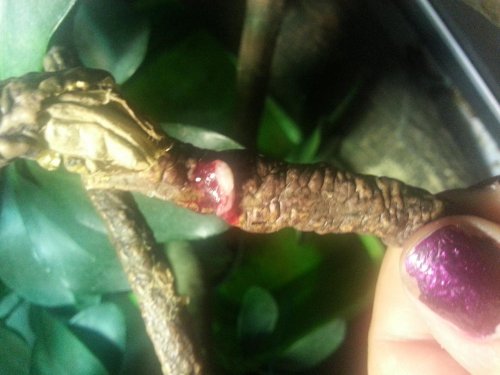peacenlove
New Member
I have a tamative male ive had for about a year maybe less and hes been giving out sperm plugs since i had him but today i noticed it looksed bloody im not sure what could have cause it but im a littler worried. i would love some info or advice on what it could be ive never seen it before.
here of some pics of the sperm plug, at least thats what i think it is and heres a pic of my tamative




here of some pics of the sperm plug, at least thats what i think it is and heres a pic of my tamative




